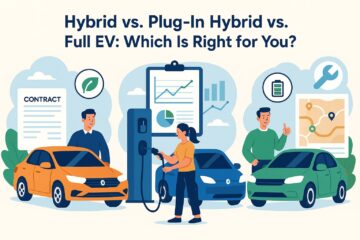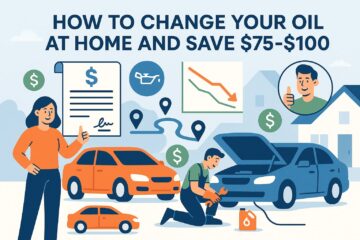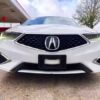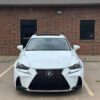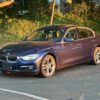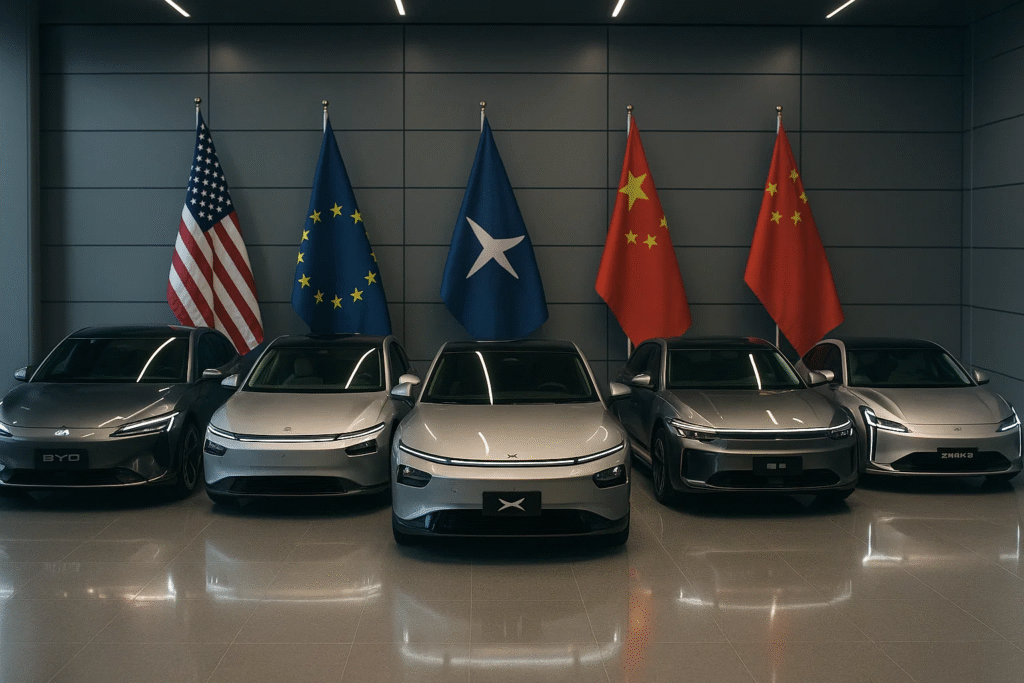
Chinese EVs Entering Europe & the U.S. in 2025: What Buyers Need to Know About Service, Safety & Resale
Chinese vehicle models were barely an afterthought in American or European showrooms until not so long ago. They are banging full force on the front door in 2025, and in a few markets, they are already the ones stepping in.
BYD, NIO, Xpeng, Zeekr, and Li Auto PHEVs and EVs have received worldwide attention, and curious buyers in the West are finally asking the proper questions:
- Is it possible to buy one?
- Are they safe?
- Who will mend it if it’s damaged?
- And above all, will this vehicle still have any value five years ahead?
So, what really matters—according to a mechanic and market expert? Let us break it down.
1. Is It Possible to Purchase a Chinese EV in the U.S. or Europe Now?
Europe:
- Yes. BYD, MG (SAIC), NIO, and Zeekr are on sale in
- Germany
- Norway
- Netherlands
- France
- Norway alone has registered thousands of NIO and BYD vehicles thanks to EV incentives.
United States:
- More complex.
- No direct retail sales (tariffs up to 27.5%, dealer lobbying, safety–certification barriers)
- Chinese brands appear via commercial fleets (e.g., buses, ride-share)
- Potential entry through Mexico under regional trade agreements
Bottom line: No NIO ET5 at your local U.S. dealer yet, but Chinese EVs are already in Europe and likely within 12–24 months in America, via indirect channels.
2. Are Chinese EVs Safe by Western Standards?
- Yes—definitely, and some even surpass Western rivals.
- Euro NCAP 5‑star: BYD Atto 3, Zeekr X, NIO ET7
- Standard safety features include:
- Autonomous Emergency Braking (AEB)
- Lane Keeping Assist
- Pedestrian Detection
- Multiple Airbag Zones
- Reinforced Crash Structures
- Battery safety:
- BYD’s Blade Battery resists nail penetration and extreme heat with no thermal runaway
- Newer Chinese EV battery modules simplify crash recovery and repair
Technician’s note: Chinese battery and module layouts tend to ease crash recovery and repair, not complicate them.
3. Service & Repairs—What Happens After You Buy One?
Europe:
- BYD and MG partner with existing dealer networks for parts and trained technicians
- NIO operates its own service centers in Germany and Norway
- Independent garages are gaining EV certification and diagnostic access
United States:
- Currently no official service network (no retail sales yet)
- Brands are training overseas technicians and building Mexico‑based service centers for future support
Technician’s take: ON BYD e‑Platform 3.0, standardized components and self‑diagnosing ECUs make independent repairs practical once parts become available.
4. Will These Cars Retain Their Value Over Time?
- Early European data is encouraging:
- BYD Atto 3 and MG 4 retain 65–72% of their value after 2 years in Sweden and Denmark.
- Battery warranties: 8–10 years, often transferable
Factors supporting higher resale value:
- Low battery degradation (especially LFP chemistry)
- OTA software updates
- Modular platform design for easy repairs and upgrades
Note: Expect a slight resale discount versus Tesla or VW due to brand recognition and dealer confidence.
5. Buy or Not in 2025?
| Buyer | Recommendation |
|---|---|
| European Buyer | In Germany, Netherlands, or Norway—Chinese EVs are a killer deal, especially for first‑movers. BYD and Zeekr lead in tech, safety, and design; NIO innovates with swap stations and concierge service. |
| U.S. Buyer | Wait unless importing via a third‑party broker (warranty limitations). Mexican assembly plans may open U.S. availability in late 2025/early 2026. |
Mechanic’s Advice:
- In Europe, choose models with established service networks (BYD, MG, NIO).
- Verify diagnostic tools and firmware availability.
- Prefer Blade Battery or CATL LFP chemistry for durability.
- Confirm OTA support and transferable warranties.
🧾 FAQs
Q: Is a Chinese EV legally available in the U.S. today?
A: Not through authorized dealerships—only via limited grey‑market importers, without official support.
Q: Can Chinese EVs charge on U.S./EU networks?
A: Yes—most support CCS2 in Europe and will adopt NACS/CCS1 in the U.S. upon launch.
Q: Are parts and service available?
A: Europe: Yes. U.S.: Not yet—supply chains are being built via Mexico.
Q: Do they qualify for EV tax credits?
A: U.S.: No (origin rules). EU: Yes, for homologated imports.
✅ Final Word
Chinese EVs aren’t a maybe anymore—they’re a when. Europe already enjoys smarter pricing, longer range, and innovative service models. In the U.S., it’s a question of trade policy and consumer readiness.
If you’re forward‑thinking and well‑informed, there’s no reason to rule out a Chinese EV—provided local support and safety benchmarks are in place. You’ll be surprised how refined and practical they’ve become.

